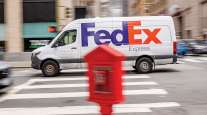Associated Press
PepsiCo Lifts 2023 Profit Forecast as Q2 Revenue Up 10%
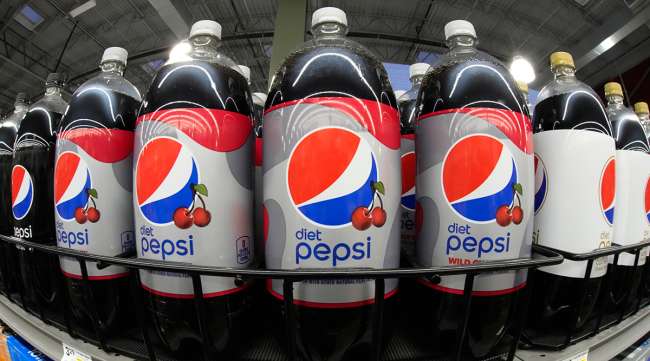
[Stay on top of transportation news: Get TTNews in your inbox.]
Higher prices lifted PepsiCo’s revenue in the second quarter but dented consumer demand, and the company said July 13 that price increases could start to moderate in the second half of this year.
Snack food volumes fell 3% in the April-June period, while beverage volumes dropped 1%. Yet net pricing rose 15%, the sixth consecutive quarter of double-digit price increases from PepsiCo.
The Purchase, N.Y., company reported better-than-expected revenue and raised its full-year earnings forecasts. Pepsi’s revenue rose 10% to $22.3 billion, topping Wall Street’s projections for $21.7 billion, according to analysts polled by FactSet.
PepsiCo shares were flat in early trading.
CEO Ramon Laguarta said the company has been surprised by consumers’ willingness to keep buying its brands despite higher prices. Even when consumers trade down to dollar stores, rather than traditional grocery stores for example, they continue to buy PepsiCo brands like Cheetos, he said.
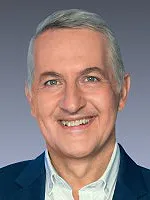
Laguarta
“Our brands are stronger. The perceived value of our products is better than it was, and obviously, we’ve been able to raise prices and consumers stay within our brand,” Laguarta said on a conference call with investors July 13.
New products, like the bite-size Frito-Lay Minis, are also fueling growth, he said.
Still, pricing clearly took a toll. In the company’s Africa, the Middle East and South Asia division, volumes dropped 6% as Pepsi hiked prices 24%. In Latin America, volume fell 3% as prices rose 16%. In North America, Frito-Lay volumes rose less than 1% but Quaker Foods volumes fell 5% and beverage volumes declined 4%.
Net pricing includes price hikes as well as changes in the mix of products sold and package sizes. PepsiCo used to sell a 9.75-ounce bag of Flamin’ Hot Doritos; that recently shrunk to 9.25 ounces. Target’s website still advertises both sizes for the same price: $5.19.
Chief Financial Officer Hugh Johnston said the company’s price hikes in the second quarter reflected the higher prices it is paying for commodities like cooking oil. But he also said price increases likely will return to the single-digit range in the second half of the year.
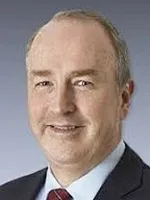
Johnston
“We’ll see how the year plays out but the implication that we have in the forecast right now is kind of back to our relatively more normal pricing,” Johnston said on the investors call.
Pepsi and other food companies could have less leverage on pricing as inflation eases. In June, U.S. inflation reached its lowest point since early 2021.
Lael Brainard, director of President Joe Biden’s National Economic Council, told the Economic Club of New York this week that consumer price increases that have outpaced companies’ costs should start coming down as consumers become more price-sensitive.
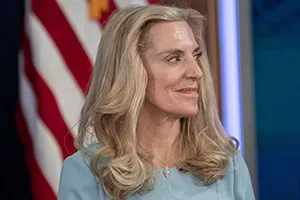
Brainard by Nathan Howard/Bloomberg News
“It will be important for corporations to continue to bring their markups back down after having raised them to unusually elevated levels over the past two years, which would help in reducing inflation,” Brainard said.
Pepsi’s net income nearly doubled to $2.75 billion in the second quarter. Last year, its profit was lower due to a $1.36 billion impairment charge.
Excluding one-time items, the company earned $2.09 per share. That easily beat the $1.95 per share that analysts forecast.
The company now anticipates full-year earnings up 12%, on a constant currency basis. Its prior outlook was for a 9% increase. Organic revenue is now predicted to rise 10%. Pepsi previously expected an 8% increase.
PepsiCo Inc. ranks No. 1 on the Transport Topics Top 100 list of the largest private carriers in North America.
Want more news? Listen to today's daily briefing below or go here for more info:




